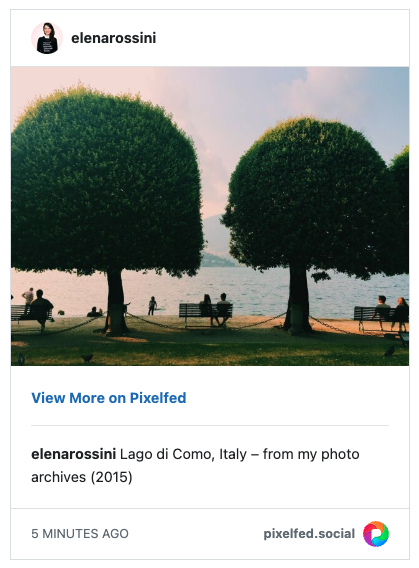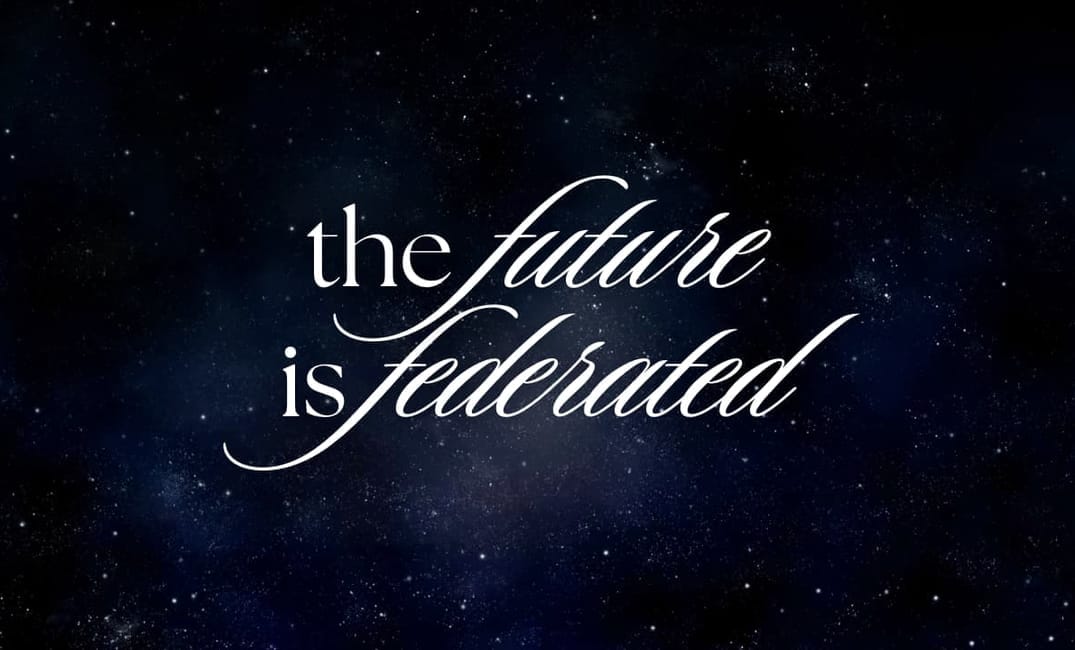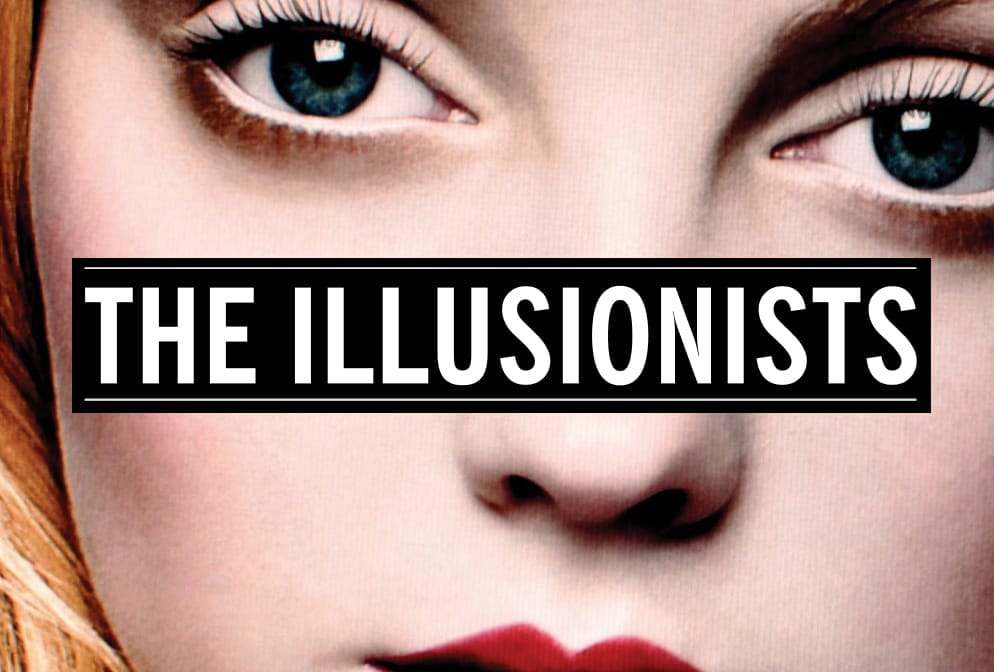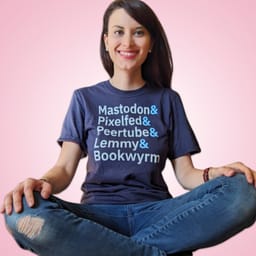We are on the cusp of a bright new era, made possible by something called the Fediverse.
Forget the walled gardens of Big Tech platforms like Instagram, TikTok and X. They may pretend to be “connecting people” but in reality they want their users to spend as much time as possible INSIDE their platforms, sharing personal data that can be turned into targeted ads and seeing as many sponsored posts as possible. That is how mainstream social media networks make a profit. Connection is the illusion; ad targeting is the real objective.
Why do people spend so much time creating and sharing content on mainstream social media? Because of the “network effect”: the fact so many of their friends and contacts are using those apps and the idea that it is the best way to get exposure and attention. But the list of drawbacks is long and getting longer every month.
An alternative already exists, that gives people REAL POWER: it’s called the Fediverse, a galaxy of interconnected and interoperable independent social networks. It’s in the vested interest of mainstream social media (aka Big Tech) to have people think the Fediverse is too complicated, too technical and not that popular. Today I will hopefully change your mind about this.
As I wrote in an earlier post “Introducing: The Future is Federated”:
Now is the time to take back our power, fully own our data and our followers, and engage in conversations with other people over common interests - without fear of our posts being exploited for advertising purposes or to train AI models.
The future is already here.
Things you should know: Fediverse 101 (a glossary)
Before we get started, it’s worth explaining a few terms to the uninitiated - so that concepts I will discuss won’t sound like words from a foreign language.
Fediverse: a galaxy of independent, interconnected social media networks that can talk to each other. In old parlance, imagine posting a photo on Instagram and seeing it pop up on a follower’s X feed, with comments syncing between the two apps. In the Fediverse, it’s possible. Bonus: there are no ads and no algorithmic feeds hiding posts of people you follow.
ActivityPub: a protocol (set of rules) that lets different social media platforms in the Fediverse chat with each other; it tells them how to share things like posts, follows and notifications, even though they're separate networks.
The old way: stuck inside walled gardens
Don't repeat my mistakes. I've squandered so many opportunities to develop and sustain a direct relationship with people interested in my projects. Why? Because I was using platforms that operated behind a walled garden.
When things went south or I simply lost interest in those platforms, my "followers" stayed behind and I had to start over from scratch somewhere else. In another walled garden. Over and over again.
I'm sure this is a common experience for people who got online in the 1990s and 2000s. Or even today.
Except: what really excites me is the promise of the Fediverse and how it revolutionizes relationships between people. The future is decentralized relationships: every artist, creative person, social entrepreneur, educator - everyone really - should pay attention to this brand new era of the internet, made possible by the Fediverse.
The old way: rebuilding from scratch, time and time again
I've been an early adopter of many platforms: from Geocities, to Blogger, MySpace, Facebook, Flickr, Twitter, Vine, Telepath... and probably other platforms I cannot recall.
The Blogger site for my first film project was once recommended by Blogger’s co-founder Evan Williams and ended up on the "Blogs of Note" list on its homepage, driving thousands of daily visitors to my site. When I eventually stopped writing on it (life got busy, the film project ended), I never made much of an effort to direct my readers someplace else. This has pretty much been the story of my (online) life.
I don't mean to throw myself a pity party, the fault is on me - I never put much effort into the migration of my audience to a new place. Thing is, my attention was usually elsewhere, on some creative project that demanded all my concentration. "It is what it is" is what I would tell myself, time and time again. Until Twitter's collapse.
Losing access to my regular Blogger or Flickr commenters didn't sting - those walled gardens encouraged a one-way relationship for the most part. But Twitter was something else. I spent 14 years of my life building and maintaining relationships with fascinating people - many of whom became real life close friends or professional contacts. I was known on Twitter as an expert when it came to the representation of women in film. My tweets about gender inequality in the film business or my GIFs showing female filmmakers would routinely get dozens of retweets and comments - occasionally hundreds. They were mentioned and embedded in news articles. I was in touch with A-list directors, ministers from France and Italy, renowned authors, prominent feminists... As I often say, I felt seen, heard and valued on Twitter 1.0.
This visibility and those connections were severed following Elon Musk's takeover of Twitter: my most influential contacts abandoned the platform and I stopped posting on it because of its devolution into a cesspool of hatred and misinformation. It's as if my favorite (online) place had been ravaged by a fire. I told myself I would never again spend any significant time in another walled garden. And that's why I'm going all in on the Fediverse, starting with Mastodon.
The future is: decentralized relationships
Mike McCue (@mike@flipboard.social) - CEO and founder of Flipboard - has been a great champion of the Fediverse. In his superb podcast Dot Social he recently interviewed John O’Nolan (@johnonolan@mastodon.xyz), founder and CEO of the publishing platform Ghost.org (which is powering this blog). I greatly enjoyed their conversation and I found that McCue and O’Nolan brilliantly distilled all the advantages of the Fediverse for creators and why this new era of the web is so revolutionary. Here is the episode’s synopsis (emphasis mine):
John O’Nolan, the founder and CEO of Ghost, calls himself “the inverse Peter Thiel.” That’s because he wants to build a tech company that bucks the usual narratives, with as few monopolies as possible. His open-source publishing platform is structured as a nonprofit and is integrating with the ActivityPub protocol, giving creators digital sovereignty. No longer do writers have to perform for an algorithm to succeed or get stuck inside closed systems that monetize off their backs.

McCue said (at roughly 38:00, if you want to listen along):
The thing that I think is such a big deal here is - the most important thing that we're decentralizing is the human connection, the human relationship, the fact that nobody actually owns that… companies don't own that. But also, inversely, the creators own their relationship with their own audience, right? The people who own the relationship are the ones who should own that relationship. That is like epically huge for the future of the web to actually formalize that architecturally. And I think that when you do that, business models, browsing, search, all these sort of ways we think about navigating and using the web today, those will be very different… because it will be based now on all of these human connections.
O’Nolan then spoke about the scale of decentralized platforms like Mastodon and other entities on the Fediverse - some that have “only” hundreds of thousands or at best a few million users. The perception by the general public is that they are not very big and popular, compared to Big Tech’s social media platforms like Instagram or TikTok. O’Nolan then says about the Fediverse:
But the underappreciated thing is that's going to just continue to grow because it's not one company that has the network; it's every single company on top of one common network. So whereas in the past you might have built up a million subscribers on YouTube but then “Oh, the algorithm changed, I don't get any views anymore. Now I'm going to switch to doing video on TikTok.” You start from zero. You build up from scratch. On ActivityPub it's all there, so you move between them all your subscribers… they're still the same people with access to the same content.
McCue:
So you're just posting from different apps and growing the same subscriber and audience base from different apps.
O’Nolan:
Today it's commonly known in marketing that the most valuable thing you can have is an email address because an email address is forever… it's platform agnostic. I think ActivityPub is going to head the same way. […] There's four and a half billion people using email. That's more than any social network in the world – it's more than the top three combined. ActivityPub is going that way, it's going in the in the direction of email. So, it's going to outgrow every single social network out there eventually. And the reason I feel so certain about that is because it doesn't depend on one company […], it depends on everyone, and that de-risks the chances of success dramatically.
The new way: branching out onto the Fediverse
Since learning about the Fediverse, I mostly focused my attention on Mastodon - a microblogging platform reminiscent of Twitter 1.0. I had signed up for a Pixelfed account (the Fediverse’s answer to Instagram) but I hadn’t posted anything on it yet.
This blog post - reminiscing about old mainstream platforms I had used - is motivating me to move my old Flickr posts and my archived Instagram photos to Pixelfed. I will download them from these apps and start posting them on Pixelfed:

See you on the other side!
Elena
Editor's note: in January 2025 I set up my own, self-hosted Pixelfed instance: @ele@photos.elenarossini.com
This is the fourth installment in the series "The Future Is Federated". You can find all the posts here:

💓 Did you enjoy this post? Share it with a friend!
👫 Follow me on Mastodon (my favorite network!) or Pixelfed. All my other links are available here: elena.social
📽️ If you'd like to support my work, you could buy or rent my documentary The Illusionists on the globalization of beauty. Watch the teaser:

💌 If you'd like to say hi, my contact information is here
✏️ If this post resonated with you, leave a comment!


